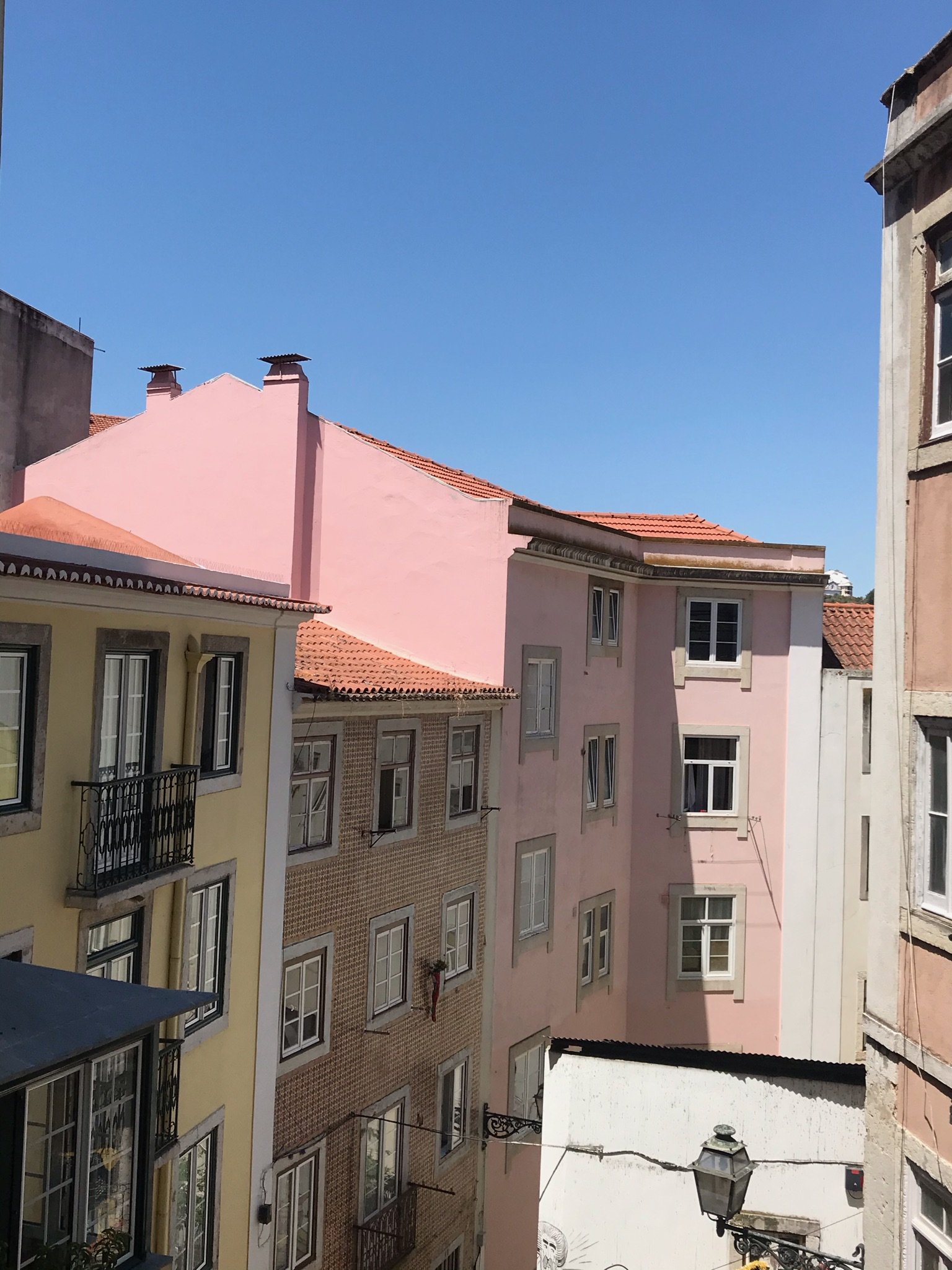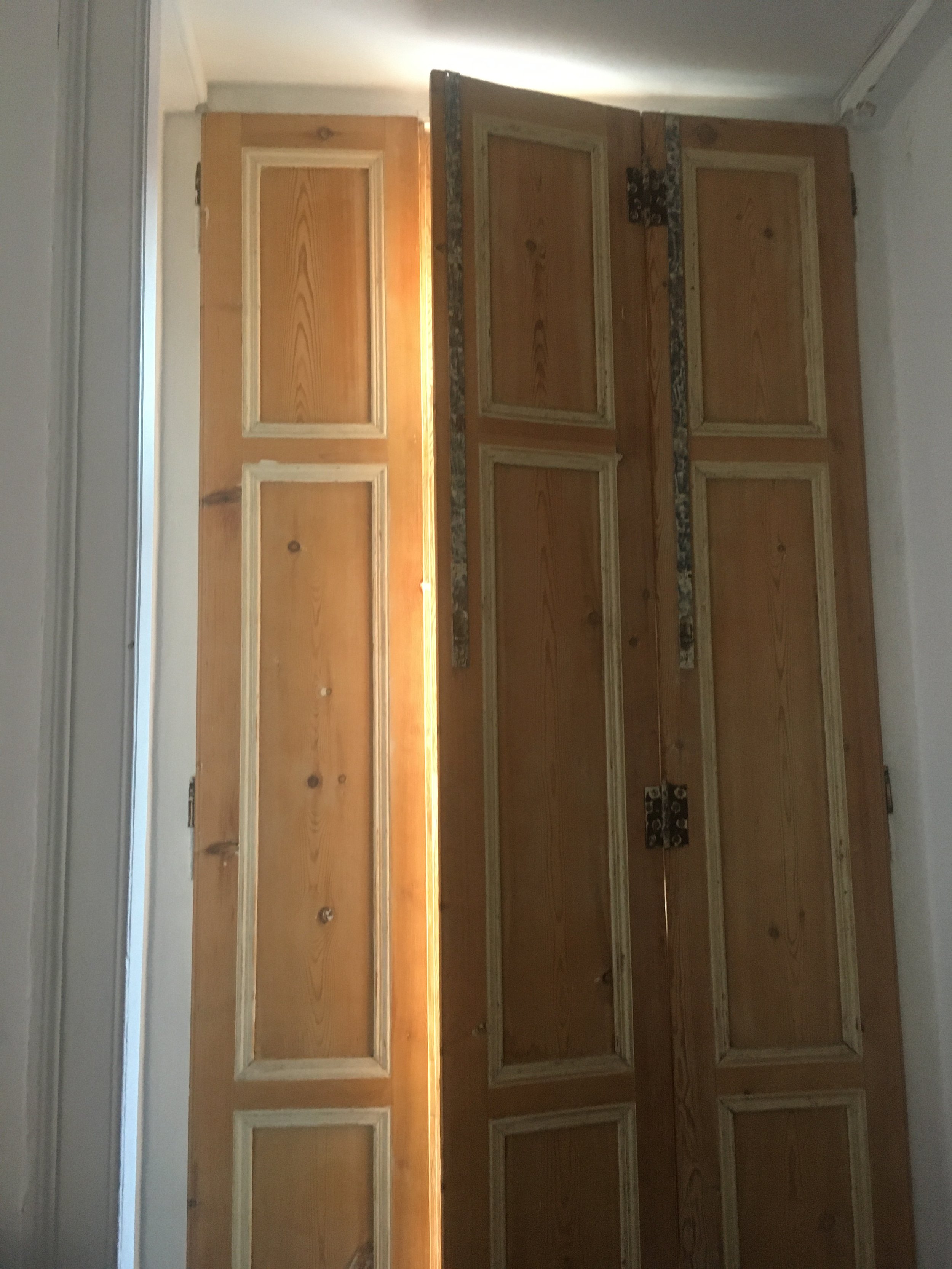Baby, it’s cold inside
Energy prices are going up across the globe. In the Northern Hemisphere, people struggle to keep their houses warm during winter. Meanwhile, the European country of Portugal, known for its amazing beaches and pleasant climate, to everyone’s surprise, has it worse than expected. Portugal is among the four countries in Europe where people suffer more from cold inside their own houses than outside, according to Eurostat.
© Thekla Liebmann
Portugal, the southern paradise of Europe: nice weather, affordable and sunny. Who could have guessed that Portugal is among the four countries in Europe where people suffer more from cold inside their own houses than outside, according to Eurostat.
Having a roof over your head doesn’t mean you won’t suffer from biting temperatures in the winter. 18,9% of people in Portugal state they cannot keep their houses warm during the colder months of the year, whereas the European average stands at 6,9%. Worse than Portugal: only Bulgaria (30%), Lithuania (26,7%) and Cyprus (21%).
Extremely cold countries such as Switzerland (0,3%), Norway (1.0%) and Finland (1,8% ), on the other hand, have much warmer houses. According to the Portuguese environmental association ZERO, the freezing temperatures inside Portuguese households during winter are responsible for 25% of the extra deaths registered during these months.
This death toll is due to several factors. Carlos Dias, director of the epidemiology department of the Ricardo Jorge Institute in Portugal, says it is commonly known that "very extreme temperatures, whether very high or very low, are related to respiratory problems and especially cardiovascular problems." This also contributes to the fact that, for many people (and especially the older population), lighting up the fireplace is the only way to warm up their houses, which can also lead to respiratory problems.
That is, if you even have a fireplace. A 2017 study by the Sustainable Construction Portal and the environmental association Quercus found that one fifth of the population reported "that they only use clothes and blankets as a strategy to improve their thermal comfort."
© Observador PT
This is one of the major reasons why houses in Portugal are so cold: energy poverty. Portugal has some of the most expensive electricity prices in the EU. From time to time we are lucky enough to see the electricity prices drop below the European average, but it is also necessary to keep in mind that the purchasing power parity for a family in Portugal is much lower than the European average as well. Gas is also not very cheap. A 13 kilogram butane gas canister used for heating costs around 27 euros, which is double the price in comparison to Spain. In a small village in the north of Portugal, 86 year old Maria Henriqueta needs two every month in order to warm herself. Meaning she spends about one fifth of her a little over 300 euros retirement pension in warming her house.
The problem, however, is not only energy poverty. It is in how houses were constructed over the decades. Take the case of João and Albertina: when they wake up, early in the morning, humidity goes down the walls of their house. The sun only comes in from one side of the house, whereas their bedrooms are on the other side. If you visit their neighbourhood, which is all built the same, you can see some houses have air conditioning installed. But no one ever uses them, why would you? The heat doesn’t stay inside the house, it escapes due to terrible isolationing while the cold enters from every corner. What does the couple do, then? They go to bed early, to fall asleep before it starts freezing.
The first laws related to temperature efficiency for buildings appeared in 1990, but before that there was a huge boom in construction in Portugal, with little fiscalization. The need to build fast and cheap led to the usage of cheap windows with little to no isolation in order to save on construction materials. Little to no attention was paid to the orientation of buildings in relation to the sun either.
This also comes from the not to be underestimated fallacy that Portugal is a warm country, with only a few weeks of “actual winter”, and therefore no need for central heating or other thermal solutions. In reality, in many places around the country, the weather reaches negative temperatures; while in others the humidity dramatically increases the cold’s “real feel”.
Even nowadays the mentality of “building cheap” has led to bad decisions when building houses in terms of isolation, not to mention ignorance on the part of the homeowner. Isolation has to be the first priority to make warmer houses, according to the architect Aline Guerreiro, CEO of the Sustainable Construction Portal. Heating systems based on renewable energy may also be a solution, but avoiding spending electricity and making houses naturally less cold is the first and most obvious answer.
With money from the Next Generation EU, there are currently funds being allocated to improve energy efficiency in Portuguese homes. Currently, until the end of March, house owners can apply for funding to improve their homes by replacing windows, isolating walls or installing solar panels, for example. In total, 300 million euros have been allocated to this programme.
However, one can be sceptical about this solution for many reasons. Firstly, a major part of the population, and usually some of the poorest, do not own a house. The ones that do might not even know about the existence of this programme or even have the bureaucratic knowledge necessary to apply. Even if they do, the programme covers between 65 and 85% of the cost, so some financial availability is also needed.
*Energy efficiency: According to the Environmental and Energy Study Institute, “Energy efficiency simply means using less energy to perform the same task – that is, eliminating energy waste.”
In Portugal, 70% of buildings are energy inefficient*. According to Professor João Pedro Gouveia, member of the Environment and Sustainability Investigation Centre and one of the evaluators of these applications for funds, “in a recent study we identified the total costs to renovate buildings passively: replacement of windows, walls, insulation of walls and roofs. It is close to 70 billion euros”. This means that the 300 million euros currently available are a drop in the ocean of this problem.
Bibliography
Albuquerque, R. (2022, January 18). Pobreza: um em cada quatro idosos não tem dinheiro para aquecer a casa. Expresso.
Environmental and Energy Study Institute. (n.d.). Energy Efficiency | EESI. Environmental and Energy Study Institute. Retrieved February 7, 2022, from https://www.eesi.org/topics/energy-efficiency/description
Filipe, S. (2019, January 2). Casas portuguesas mal preparadas para o frio. Jornal de Notícias.
Fundo Ambiental - Ministério do Ambiente. (n.d.). 2ª FASE Programa de Apoio Edifícios +Sustentáveis. Fundo Ambiental, Ministério do Ambiente. Retrieved February 7, 2022
Governo de Portugal. (n.d.). Plano de Recuperação e Resiliência português. Recuperar Portugal. Retrieved February 7, 2022, from https://recuperarportugal.gov.pt/
Guerreiro, A. (2021, January 7). Portugal é um dos países onde é mais difícil manter a casa quente no inverno. NiT.
Malta, J. C. (2022, January 5). Portugal, um país em que se vive com (muito) frio dentro de casa. Renascença.
Naves, P. (2022, January 17). Frio nas casas portuguesas relacionado com quase 25% das mortes no inverno. NiT.





